
As a Minnesota resident, you understand how challenging it can be to maintain your concrete driveway and sidewalks during the winter. However, driveway and sidewalk maintenance are crucial to safeguard the concrete, preserve your home’s curb appeal, and avoid the hazards of slipping on ice or snow, whether inside or outside your car. If you invest in concrete driveways, walkways, or patios, it is essential to properly care for and maintain them.
Concrete is durable, but you can increase its longevity and value with the right care and attention.
This article provides tips and how-tos on caring for your concrete before, during, and after the Minnesota winters from our industry experts and trusted sources, including Preferred 1 Concrete.
Concrete is porous and absorbs water, which can lead to cracks in Minnesota’s cold weather winters. During the freeze/thaw cycle, water trapped inside the concrete expands when it freezes, creating pressure that can cause hairline cracks.

These cracks can grow larger over time, allowing more water to enter and create even more pressure, eventually breaking the slab into chunks.
Concrete is susceptible to cracking due to any movement, and changes in temperature between day and night can cause repeated freezing and thawing, leading to cracking and flaking.
Protecting concrete surfaces during cold weather is crucial to preventing damage.

Snowfall and ice can cause significant damage to concrete if not addressed. Here are three ways snowfall and ice can deteriorate your concrete:
Scaling occurs when thin layers of exterior concrete slabs peel, exposing fine and coarse aggregates. It often happens when concrete is exposed to extremely cold temperatures, significant amounts of moisture, and the freeze-thaw cycle.
Using the wrong de-icing chemical scan also worsens scaling problems, which we will address later in this article.
Spalling is another common issue in concrete during winter. It occurs when the flatwork slab delaminates due to rebar corrosion caused by exposure to moisture and the freeze-thaw cycle.
If your concrete is spalling, attend to it immediately. It is important to prevent widespread damage and a decrease in property value.
Poorly designed or poorly mixed concrete is more likely to crack in the winter. When the snow melts and becomes water, the concrete absorbs and refreezes when exposed to low temperatures.
Ice formation causes internal tensile pressure, leading to cracks.
Proper preparation is necessary to protect concrete from cold weather damage. Sealing concrete with a high-quality acrylic sealer before winter can prevent moisture penetration and reduce the risk of cracking.

Use a water-based acrylic sealer to waterproof the surface and prevent spalling.
Cleaning the surface with a pressure washer before applying the sealer can remove dirt, salts, and other bond inhibitors.
Regular cleaning and resealing every two to three years can help maintain the appearance and integrity of colored and stamped concrete.
Clear coatings for concrete surfaces are effective in preventing water absorption and reducing the need for harsh winter chemicals. These coatings, which often contain siloxane or silicone, repel water, making it difficult for snow and ice to accumulate on outdoor concrete.
By applying a high-quality sealer before winter, you can also make walking on the surface safer, using traction treatment like sand. Sealing your concrete protects it from freezing temperatures, moisture, snow, ice, chemicals, salt, and other harsh substances.
Reapply the sealer every two to three years or annually before winter weather arrives for extra protection.
These driveways and walkways have electric heating coiled under the asphalt or hydronic tubes installed during the concrete surface’s initial pouring. These heating elements allow temperature control, keeping the walkway or driveway warm enough to prevent ice and snow from solidifying.
Although a significant investment up front, this amenity can provide a safe driveway or walkway for years.
These nonslip rubber mats with powerful heating elements between two layers of heat-resistant rubber make it easy to deice a slippery driveway or sidewalk. They can melt snow within an hour or two, plug into any electric outlet, and are easy to store in summer and lay down in winter.
In addition to sealing your concrete, snow plowing is critical. Shoveling snow and slush away from your concrete can minimize the risk of damage. However, use plastic snow shovels, as metal tools can chip away at your concrete and cause damage.


During Minnesota winter months, it’s crucial to avoid using de-icing chemicals on your concrete surfaces.
Deicers containing ammonium sulfate or ammonium nitrate, and even salt, can cause scaling and spalling by forcing the thawing and refreezing of moisture, leading to structural damage. Instead, use sand to provide traction if necessary.
Choosing the correct deicer that will melt ice/snow and protect your concrete is crucial. Commercial ice melt products like calcium chloride, magnesium chloride, calcium magnesium acetate, and beet juice salt are less corrosive and safer for the environment than rock salt.
However, they should be used on concrete during the first winter after placement since they will have less freeze-that resistance than mature concrete.
Fortunately, there are many alternative solutions available to salt-based deicers that can help you stay safe and preserve the appearance and durability of your concrete during winter.
Although they don’t melt ice or snow, these treatments provide traction, making walking on concrete driveways and sidewalks safer.
Spreading an abrasive material, such as sand or natural volcanic granules, over an icy or snowy driveway or sidewalk provides traction without damaging concrete.
Mixing sand with salt is a popular combination that works to some extent but may need a sufficient melting agent.
Sprinkling unused biodegradable cat litter on driveways and sidewalks adds traction that helps prevent slips and falls without harming the concrete underneath.

These substances are excellent options for adding traction to icy walkways and driveways. They won’t harm your concrete, and they are environmentally friendly.
Beet juice salt is the newest option for treating snow and ice-covered concrete because the sugar from the beets lowers the freezing point of ice, this product is very effective at low temperatures.
Beet juice deicer also has natural anti-corrosion properties, making it safe for use on concrete.
To prevent ice from accumulating, treat your concrete sidewalks and driveways before bad weather occurs.
Avoid using sodium and potassium chloride on concrete to melt snow and ice because they cause significant damage over time. Instead, consider using these deicers with care:
Calcium Chloride and Magnesium Chloride are among the most effective deicers, with calcium chloride being the least harmful to concrete. Magnesium chloride absorbs moisture and is less corrosive, making it safer for use on concrete and plants.
It melts ice at temperatures as low as minus-25 degrees Fahrenheit but is corrosive to metal and can harm plants.
Normally used for fertilizing, urea is also effective as a treatment for slick surfaces. It is less corrosive and safer for use on concrete because it does not contain chlorides.
However, it doesn’t melt ice and snow in temperatures lower than 15 degrees and can harm vegetation and water supply if used excessively.
Made from vinegar’s main compound, varying concentrations of CMA can work to unthaw ice and snow, making it easier to navigate your sidewalks and driveway in winter.
CMA has no adverse effects on concrete or vegetation, but it doesn’t work at temperatures below 20 degrees.
It’s important to avoid using salt-based deicers since they are the biggest culprits of concrete deterioration. Using salt to melt ice can cause the cement in walkways, steps, and driveways to pit, leading to larger potholes and cracks.
While sand and salt can be used on driveways and walks, they have pros and cons. Sand provides traction but doesn’t melt ice and can be messy. Salt-based deicers melt ice but can be corrosive to concrete and kill nearby vegetation.
Ultimately, the decision depends on your specific needs and priorities. You can maintain beautiful, durable concrete for years with these alternative solutions. If you notice any concrete surface issues, don’t hesitate to contact the Preferred 1 Concrete team for assistance.
As winter ends, it’s common to notice sunken concrete or cracks in cold weather areas due to the freeze/thaw cycle. To prevent costly repairs, it’s important to take preventative measure before winter and check for concrete problems in the spring and summer.
One critical step is to seal the cracks in concrete using products such as Quikrete Polyurethane Crack Sealant or Quikrete Concrete Crack Seal.
In addition, consider installing an ice dam melting system and regularly checking the pitch of the concrete around your home. Repairing cracks requires using a polyurethane sealant, and old concrete surfaces can be transformed with a pressure washer and resurfacer.
Checking for gaps between concrete and foundation walls and stabilizing soil near the surface with polyurethane injection is also important.
Concrete is a sturdy material, but it’s susceptible to damage during the winter. By taking simple and inexpensive preventative measures and promptly repairing cracks, you can preserve the appearance and durability of your concrete.
If you need professional concrete services and advice, contact Preferred 1 Concrete.
To ensure your concrete driveway’s longevity, it’s crucial to handle it with care. Concrete is a durable material, but it’s not designed to support heavy vehicles or large construction equipment, such as large plows.
Avoid using metal blades that may scratch or scrape the surface and use caution when shoveling or plowing your driveway. Proper care and maintenance can help prevent damage, saving you money on costly repairs in the long run.
Following these tips and best practices, you can maintain your Minnesota concrete surfaces, avoid costly repairs, increase their longevity, and protect your investment.
For professional installation and maintenance of your concrete in Minnesota, contact Preferred 1 Concrete.

.png)



.png)



.png)



.png)



.png)



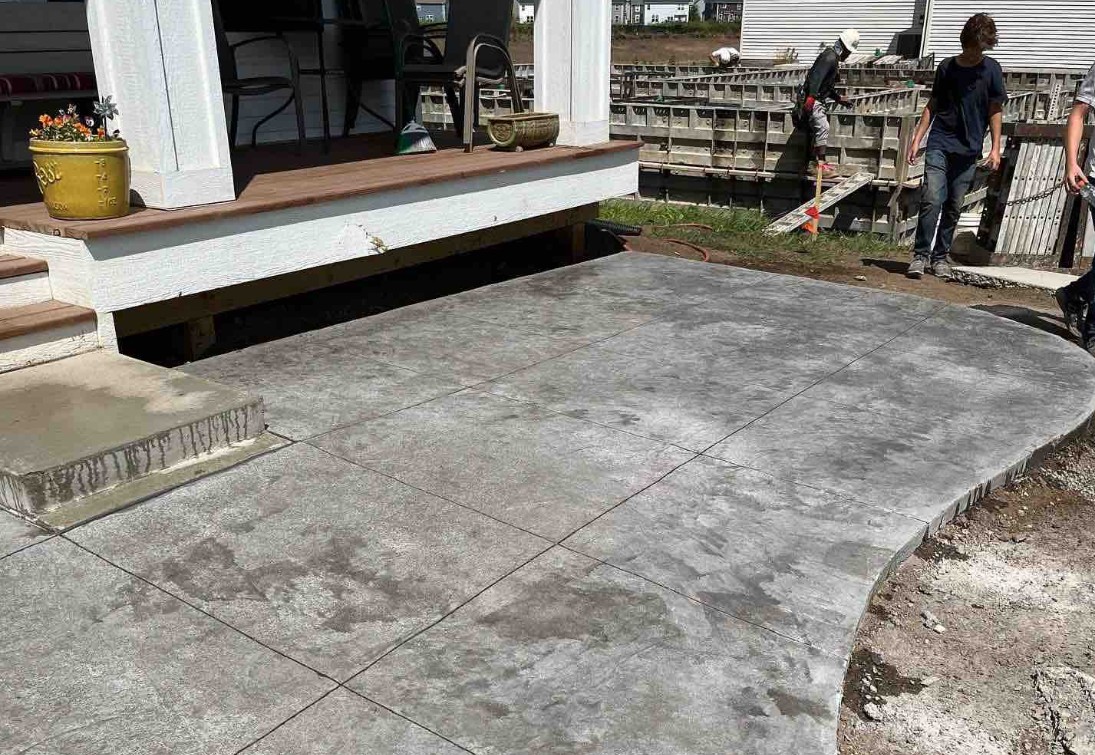



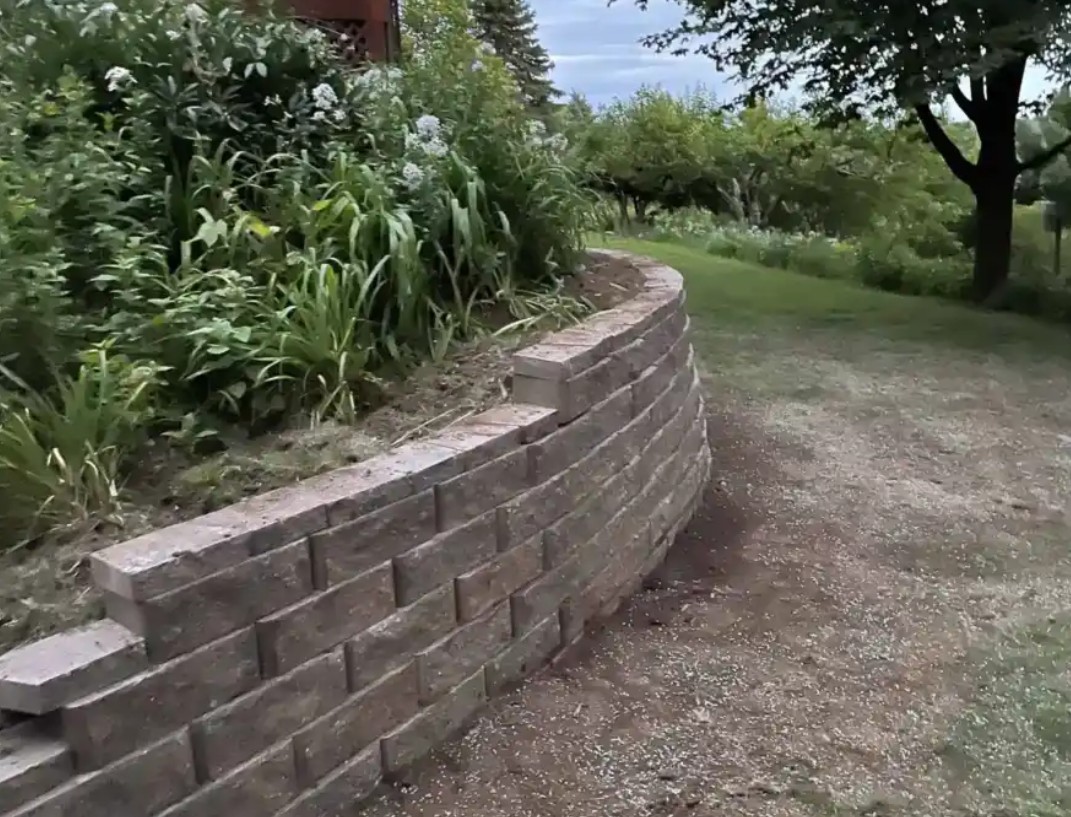



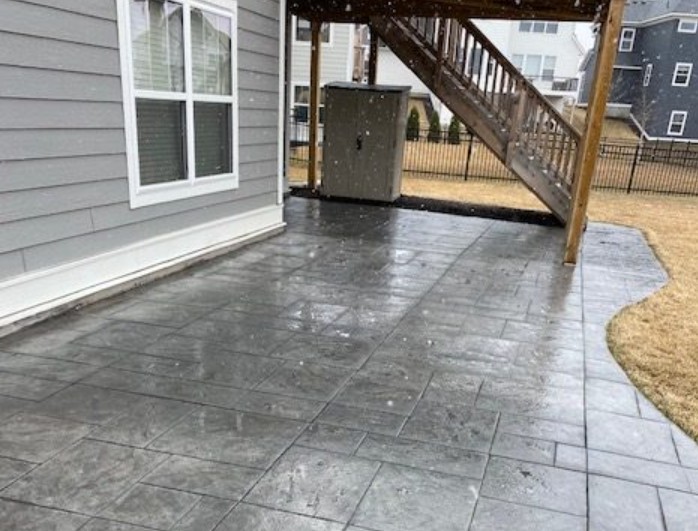



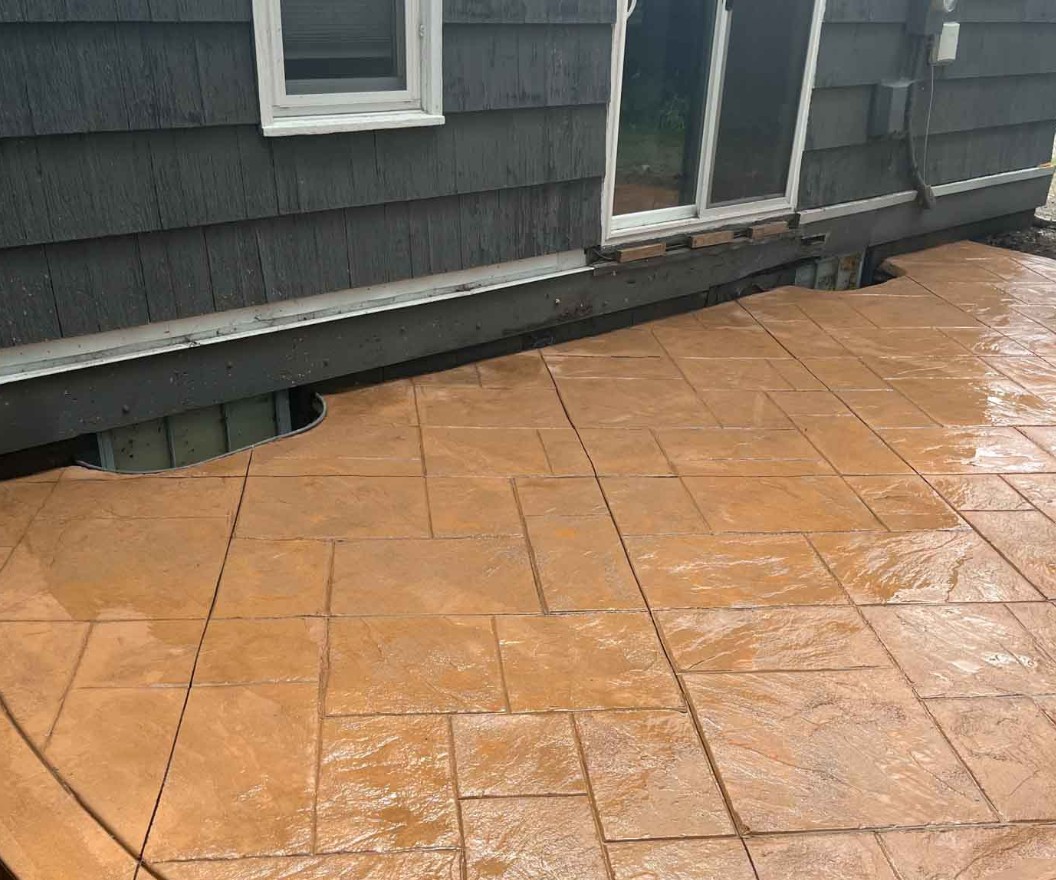







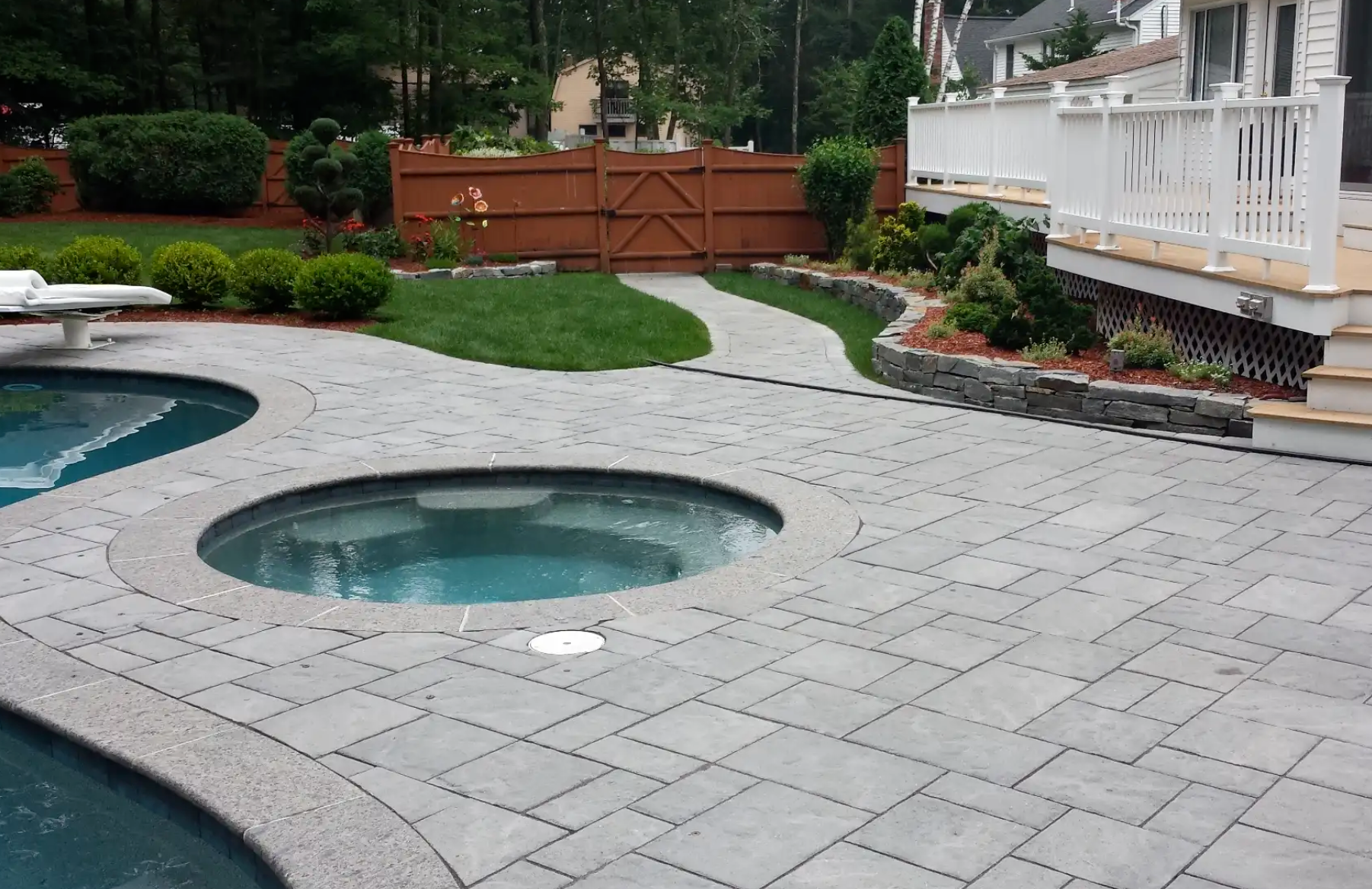



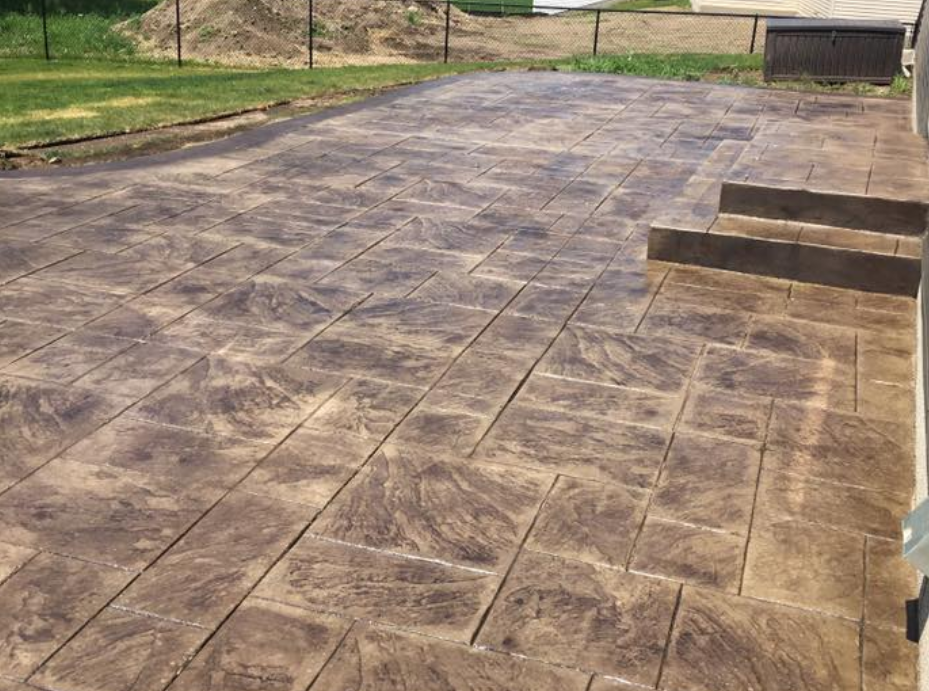







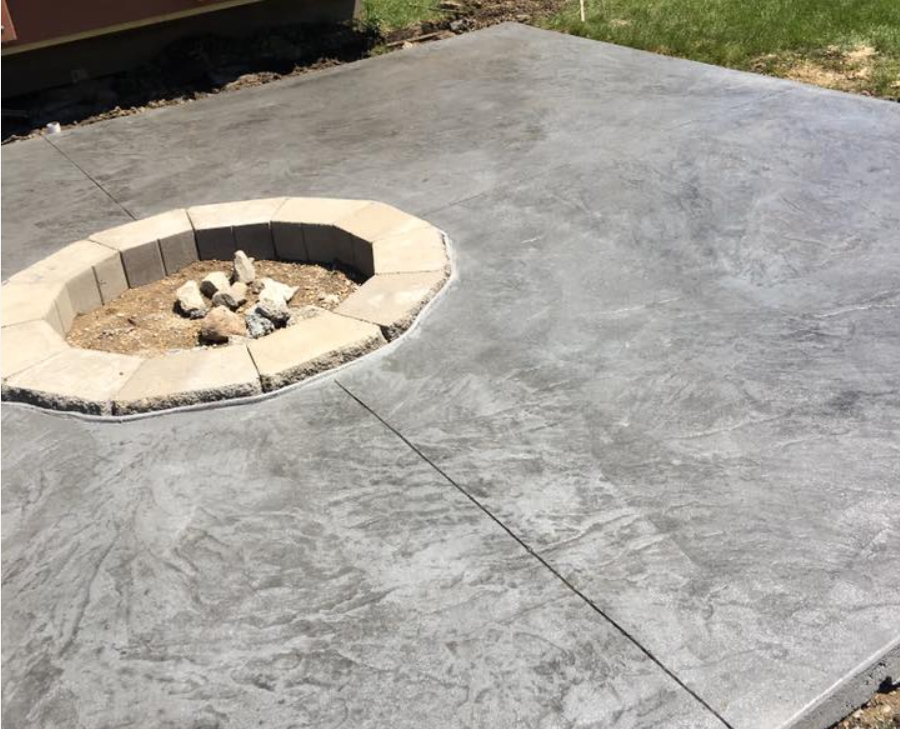



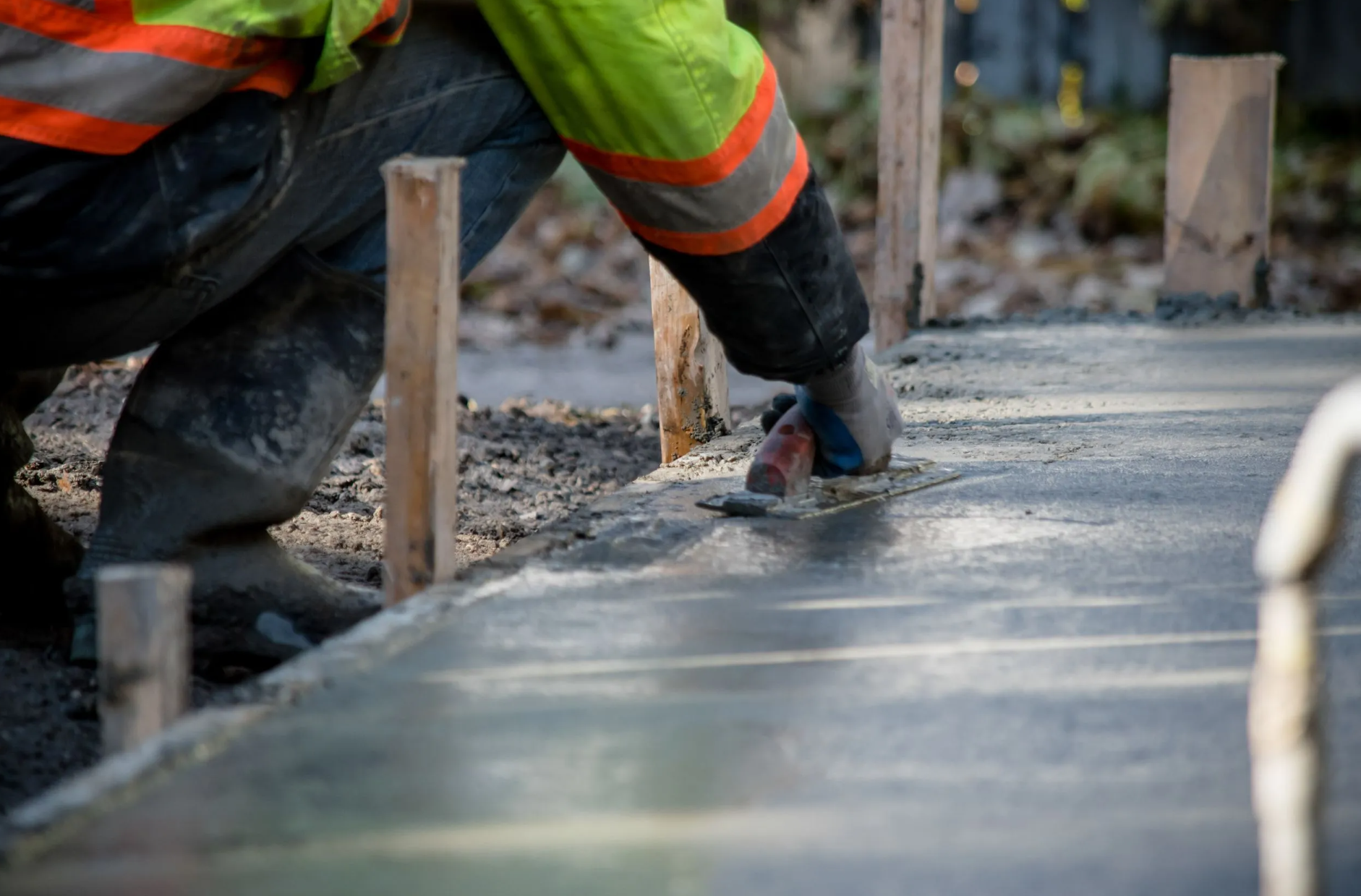











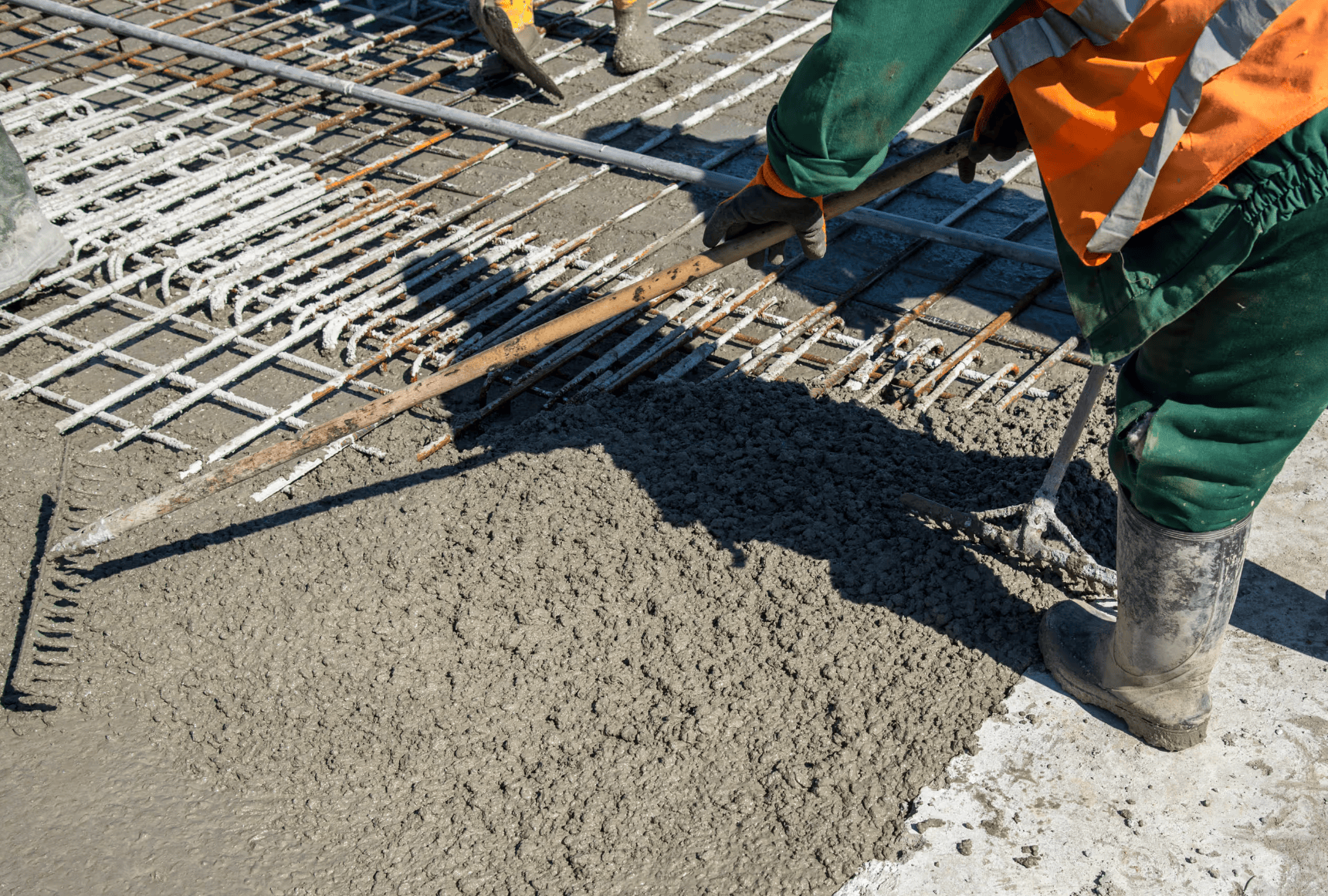



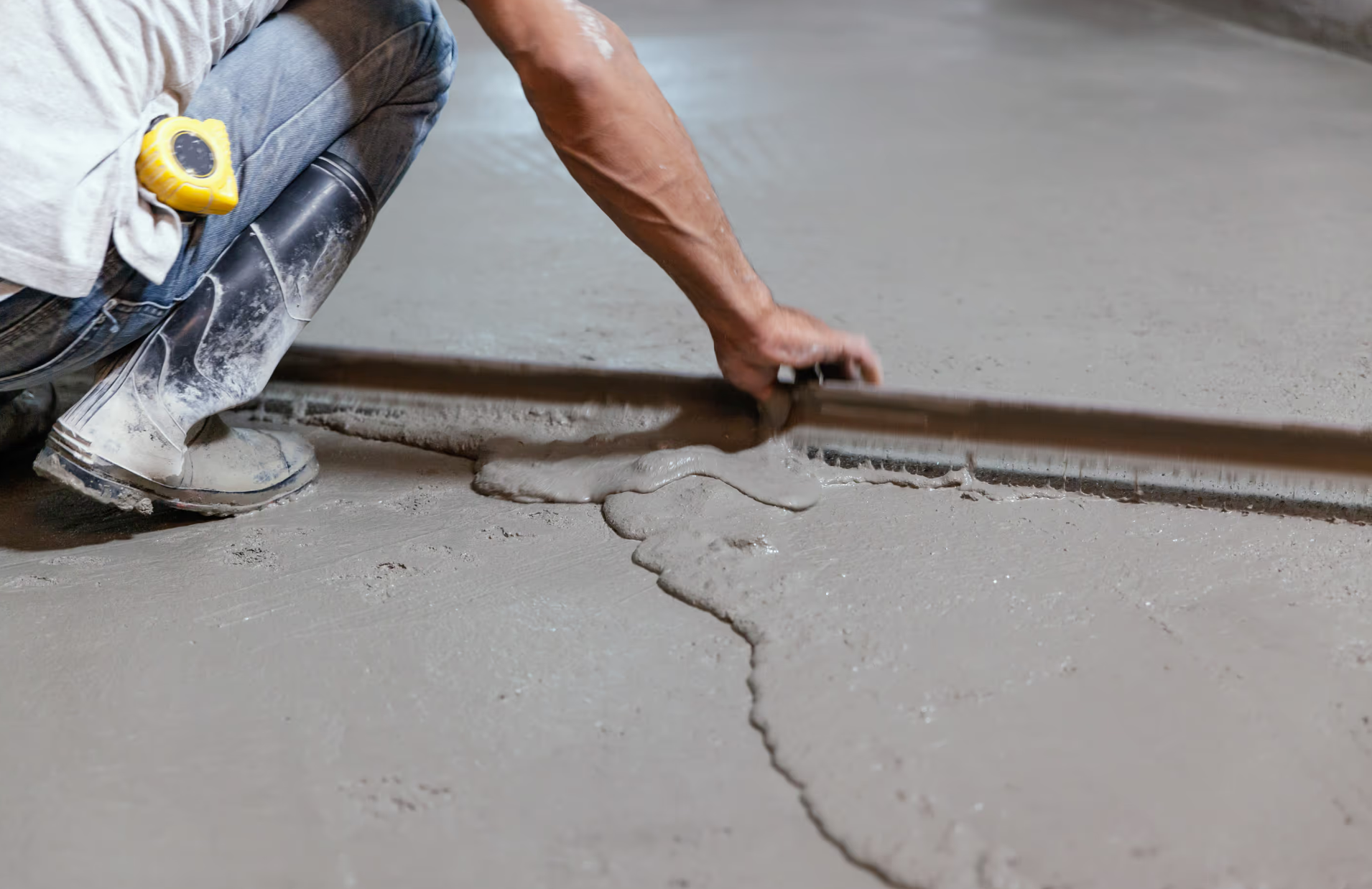























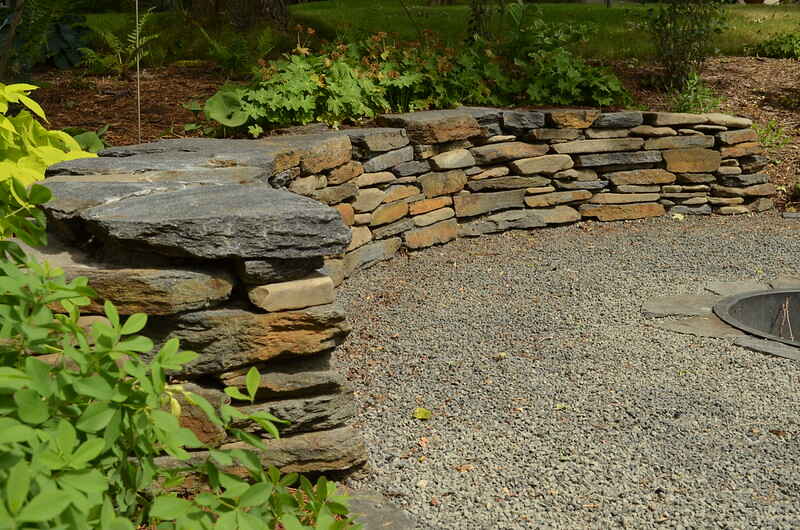



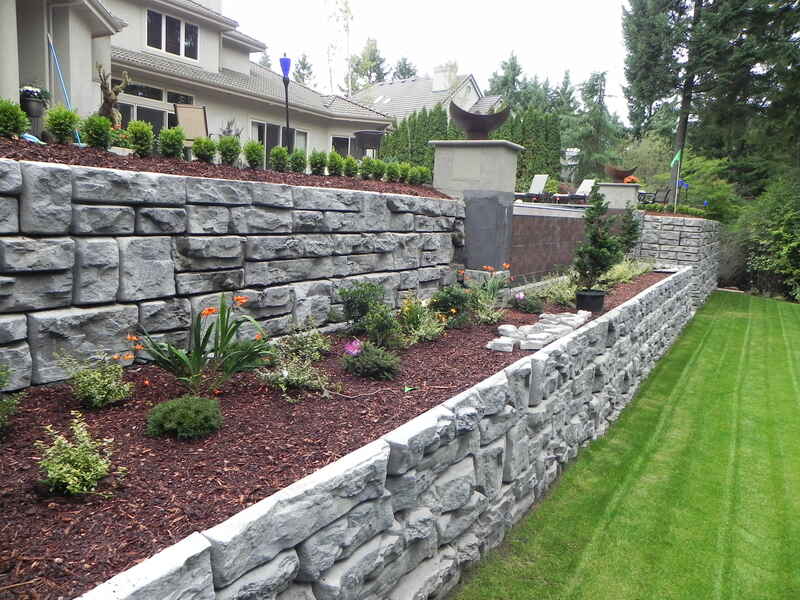







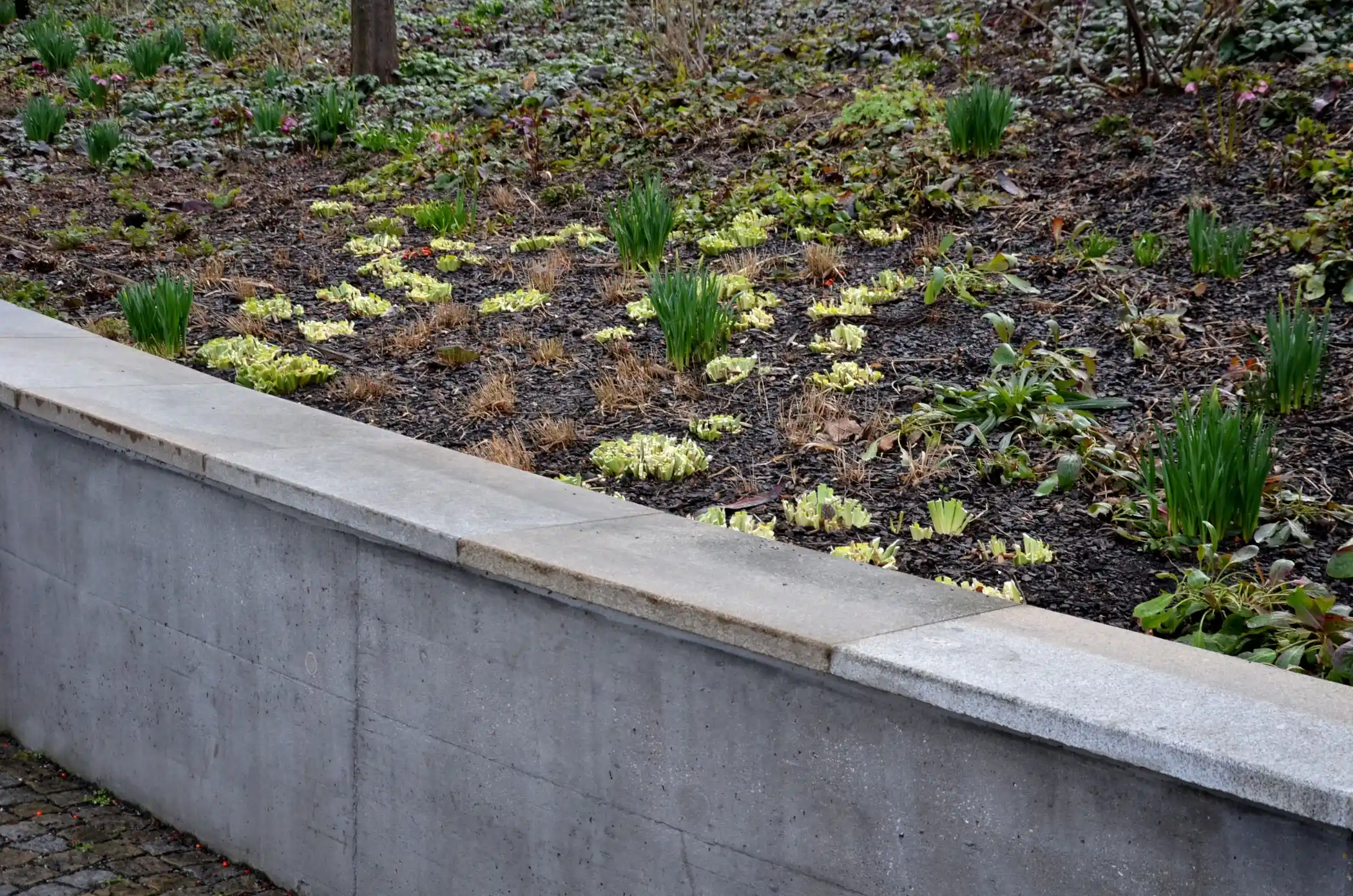







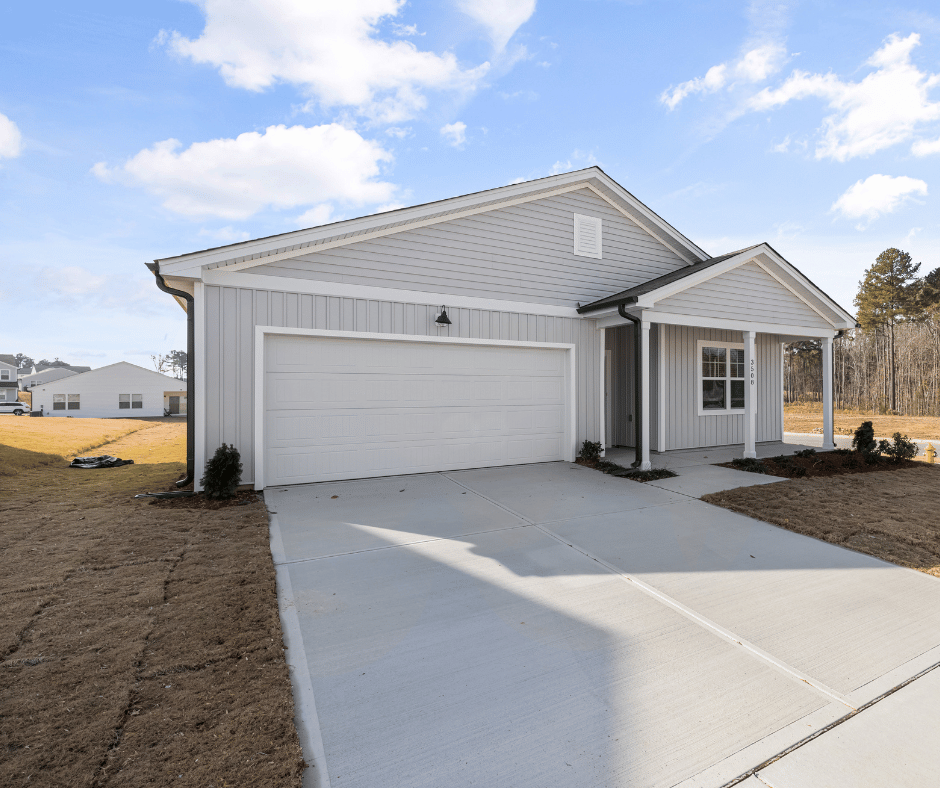















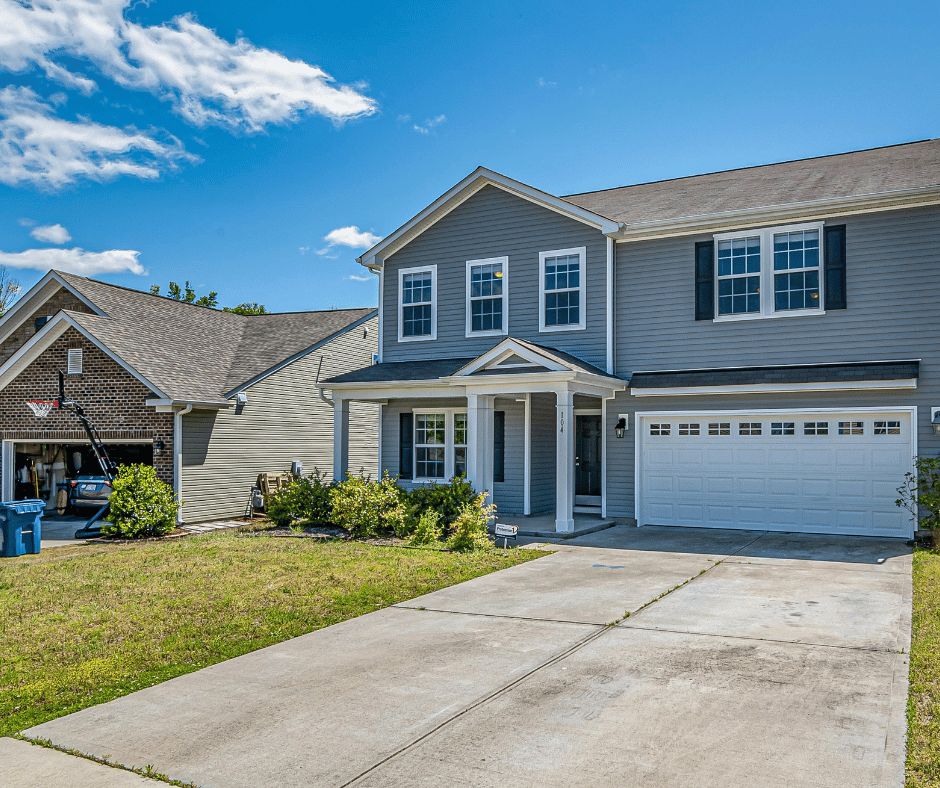











.png)



.png)













































































